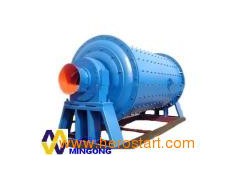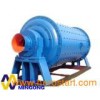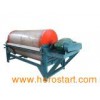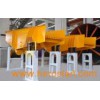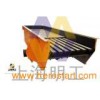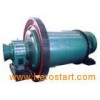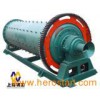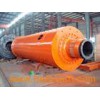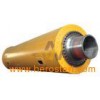Cement Process/Cement Grinding Plant - Shanghai Minggong 1.60 years production experience 2. ISO 9001-2000, top quality and low consumption 3. Strict quality control system 4. Perfect service after sale Raw Materials: The main raw materials used in the cement manufacturing process are limestone, sand, shale, clay, and iron ore. The main material, limestone, is usually mined on site while the other minor materials may be mined either on site or in nearby quarries. Another source of raw materials is industrial by-products. The use of by-product materials to replace natural raw materials is a key element in achieving sustainable development. Raw Material Preparation Mining of limestone requires the use of drilling and blasting techniques. The blasting techniques use the latest technology to insure vibration, dust, and noise emissions are kept at a minimum. Blasting produces materials in a wide range of sizes from approximately 1.5 meters in diameter to small particles less than a few millimeters in diameter. Material is loaded at the blasting face into trucks for transportation to the crushing plant. Through a series of crushers and screens, the limestone is reduced to a size less than 100 mm and stored until required. Depending on size, the minor materials (sand, shale, clay, and iron ore) may or may not be crushed before being stored in separate areas until required. Raw Grinding In the wet process, each raw material is proportioned to meet a desired chemical composition and fed to a rotating ball mill with water. The raw materials are ground to a size where the majority of the materials are less than 75 microns. Materials exiting the mill are called "slurry" and have flow ability characteristics. This slurry is pumped to blending tanks and homogenized to insure the chemical composition of the slurry is correct. Following the homogenization process, the slurry is stored in tanks until required. In the dry process, each raw material is proportioned to meet a desired chemical composition and fed to either a rotating ball mill or vertical roller mill. The raw materials are dried with waste process gases and ground to a size where the majority of the materials are less than 75 microns. The dry materials exiting either type of mill are called "kiln feed". The kiln feed is pneumatically blended to insure the chemical composition of the kiln feed is well homogenized and then stored in silos until required. Advantage of Our Company: 1) Great history and nice reputation 2) Owning the biggest workshop and advanced equipments in this industry in Shanghai 3) Strict management and good prestige Advantage of Our Equipments: 1) Advance technics and standard testing 2) Have passed ISO9001: 2000 international quality certification and CQC quality certification 3) Competitive price Advantage of Our Service: 1) Design and build factory, install and run equipments, and train workers freely for our customer 2) Quality guarantee for 1 year's time, providing spare part at cheap price. Choose once, special forever _ Shanghai Minggong

